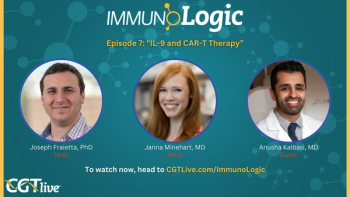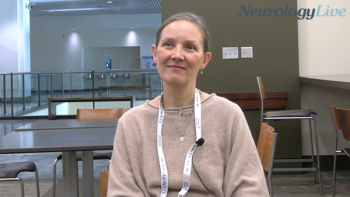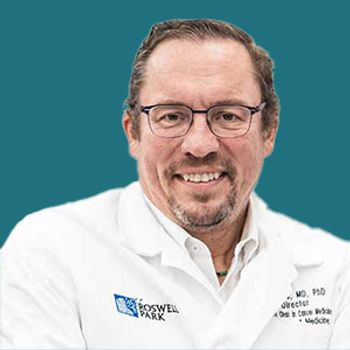
Judy Lieberman, MD, PhD, on the Changing Field of RNA-Based Treatments
The endowed chair in cellular and molecular medicine at Boston Children’s Hospital discussed the rapid advancements in RNA-based treatments in the past 2 decades and potential advancements that remain on the horizon.
This is the second part of an interview with Judy Lieberman, MD, PhD. For the first part,
“If you look at the PDR handbook, it's amazing for someone like me who graduated from medical school in 1981. The PDR now it's like mostly not conventional small molecules anymore. There’s antibodies, there's new kinds of therapies, and I think they’re going to improve our treatment.”
A few decades ago, most treatments for various diseases and conditions across the field of medicine were based on small molecule drugs. In the time since then, however, this has rapidly changed. Nowadays, the Prescriber's Digital Reference (PDR) contains a large number of treatments that belong to other modalities, such as antibodies, cell therapies, virus-vector based gene therapies, and RNA-based products. RNA-based products and products that interact directly with RNA include a range of different types of treatments for various indications, such as antisense oligonucleotides, small interfering RNA (siRNA) therapies, mRNA vaccines, and CRISPR/Cas9 gene editing therapy. siRNA therapy in particular was the focus of a talk given by Judy Lieberman, MD, PhD, the endowed chair in cellular and molecular medicine at Boston Children’s Hospital, at
In an interview with CGTLive® shortly after her presentation at the conference, Lieberman discussed the bigger picture of RNA-based therapeutics and how they constitute a “new world” for medicine. She noted that RNA may be used in a wide range of potential applications in medicine, such as personalized cancer vaccines and modification of chimeric antigen receptor (CAR) T-cells. Lieberman emphasized how far the field has come in just the past few decades. She also discussed where she things the field of using interference RNA will go in the future, noting that academic institutions and companies are currently researching the application of these types of therapies to more disease types and other areas of the body beyond the liver.
REFERENCES
1. Lieberman J. The silent treatment: siRNA therapeutics. Presented at: 2024 Tandem Meetings, February 21-24, San Antonio, Texas.
Newsletter
Stay at the forefront of cutting-edge science with CGT—your direct line to expert insights, breakthrough data, and real-time coverage of the latest advancements in cell and gene therapy.











































